I recently received an email from Billie introducing herself along with some links to her latest DIY projects. I love making new friends and I love seeing creative genius. She has some DIY talent!
Here they are:
There is something about finding an ugly, old piece of furniture that nobody wants and watching it become something beautiful with just a little bit of elbow grease. I thought it was about time for me to find my very own ‘ugly’ dresser to make-over, and decided to look for something with a mid-century modern style. I began making daily visits to Kijiji and Craigslist and eventually after several months, I managed to get my eager hands on what I thought was the perfect ugly dresser. Once I got it home and had a good look at it, I decided it was going to be a piece of cake to refinish. Of course, that was me being naive and forgetting about my lack of experience in this particular area!
The mid-century modern look with the cute little tapered legs at the bottom, plus it’s overall shape, seemed to indicate that the dresser was made in the 50s. A stamp on the inside drawer confirmed it. I already loved it as it was – but I had my heart set on refinishing it. So, I headed over to Rona and picked out the perfect paint color – Expressions Gallery ‘Edamame’ 13D2-0 – along with everything else I would need, then headed home with a smile on my face.
First things first, I cleaned out all of the old dust and cobwebs from inside the dresser. I also pounded in any old nails and staples that were jutting out. Then, to make sure anything else in the room didn’t get covered in dust, I either covered it or took it out of the room. Next, I put on a dust mask and began sanding. The surface had a kind of veneer top layer that had to be removed; it was some sort of paper-like material with a wood grain pattern. I thought it was strange considering underneath that was real wood. Sanding it away was a pain in the butt; it took incredibly long even with Jeff’s help. In hindsight, I should have rented a handheld power sander – grrr (a tip for anyone else attempting this!). Once it was all removed, I gave it a quick wipe with a damp cloth to get rid of any accumulated dust, and did the same thing around the room. You would not want dust settling into your paint as it dries later on.
Now on to the painting, yay!
Materials I used:
- Kilz Premium Interior/Exterior Water-Base Acrylic Latex Primer (white pigmented)
- Expressions Gallery Interior Flat Finish 100% Acrylic Latex E-180 tinted to Edamame 13D2-04
- two polyester/nylon paintbrushes in two different sizes, small roller, sponge brushes (you may not necessarily need all of these to apply the paint – use whichever one suits your project)
- paint tray
- Varathane Professional Clear Finish Clear Satin 1100
- large plastic sheet (to cover your floor)
Painting is apparently pretty straightforward – even if you don’t have much experience. After doing a small amount of research online, you will come to the same conclusion. The most common advice is that you should make long, even strokes with the paintbrush for the best results. Another tip you might find is that putting a little paint thinner in your paint will give it a smoother finish. Even though I was trying my best to make the brush strokes smooth and consistent, I was still having issues with strokes appearing in the paint. After trying ordinary paint brushes, I tried a roller, which was slightly better but left a stipple texture that I didn’t like. My last option was the cheapest available – those little disposable sponge brushes with the wooden handles. Surprisingly they left the least amount of visible paint strokes as the paint dried, and ended up being the best choice.
I applied two layers of primer before I put on the first coat of green paint. Since I had used a white primer, I ended up putting on at least four coats of the green before I was satisfied with the color saturation. Do not forget to sand lightly between each coat, and wipe off any dust before applying the next. All I had to do now was put on the clear finish. According to Rona expert advice, I applied Varathane for the top coat and let that dry.
Ugly dresser was starting to look pretty attractive. The last choice I had to make was whether or not I wanted to re-use the original hardware, or find something new. I decided to use the ones it had since they were pretty snazzy and also because it would probably be next to impossible to find new hardware that would match the holes that were already there. So all I did was spray paint the existing hardware and the legs white – i
t took several coats, but worked out well in the end – as you can see in the photos!
t took several coats, but worked out well in the end – as you can see in the photos!
I love ugly dresser – even though it’s pretty now.
AND I love this one too!
I needed a place to store and showcase the jewelry I’ve created before I put it up for sale on my Etsy shop, so I thought it would be a pretty nifty idea to repurpose an old picture frame I had lying around. After some Googling, I realized that I wasn’t the only one who had thought of this idea. I guess creative minds think alike!
What you need:
- picture frame
- stretched canvas/canvas mounted on a wooden frame (you can make or buy one)
- sturdy fabric (mine was from Ikea)
- quilt batting
- staple gun and staples
- paint brush
- paint
- sandpaper
- u-pins, or other type of pin
- plastic sheet to protect your work surface
First thing you want to do is remove the glass from your picture frame – you won’t need it. If you are going to paint your frame like I did, start by sanding it lightly to rough up the surface so the paint adheres better. Depending on the color of your frame and your paint, you may need to put on 2-3 coats until you are happy with the coverage and color. Set it aside to dry.
Now measure the length and width of the stretched canvas that you will be using as the insert for your picture frame. This is the piece you will hang your jewelry from once you are done putting everything together. Cut your fabric and quilt batting according to your measurements making sure to add a couple inches in each direction. If you don’t have a stretched canvas, you could just use something firm like cardboard to wrap your fabric and batting around; just secure it with glue instead of staples. Once your fabric is cut, lay it on your work surface so the right side is facing down, then lay the batting on top. Next, center your canvas frame on top of the batting – the canvas frame should also be facing down.
Now you are ready to secure the fabric to the canvas frame. Start in the center of one side by pulling the fabric and batting over the back of the wooden frame and securing with one staple. Do the same on the opposite side of the frame, pulling the fabric taut and stapling in the center. Repeat for the remaining two sides. You should now have one staple in the center on each of the four sides of the canvas frame.
 For the corners, I just pulled and folded the fabric around carefully until I was happy with how it looked and then secured with a few staples. When you have all the corners secure, you can finish stapling the rest of the fabric around the frame pulling the fabric taut and stapling every couple of inches.
For the corners, I just pulled and folded the fabric around carefully until I was happy with how it looked and then secured with a few staples. When you have all the corners secure, you can finish stapling the rest of the fabric around the frame pulling the fabric taut and stapling every couple of inches. At this point you are ready to put your fabric-covered canvas into the frame. It will be snug, but should fit as long as you didn’t use a really thick batting or fabric. You can secure the insert to the picture frame on the back with staples or just use tape – like I did.
You’re done – flip it over, and check it out! Now you can dig out all your jewelry and start hanging it to the front. Just grab a u-pin and stick it in the fabric where you want your jewelry to hang from. U-pins are small pins that are commonly used in jewelry displays; I found mine on eBay. Alternatively, you could use regular sewing pins with colored heads on them. Just arrange them whichever way you like depending on the size of the piece you want to display.
Boom, done.
Amazing, right?
Billie is a new blogger so pop over and say hi and some encouraging words ~ I want to see more!
Click HERE to visit Billie Monster!
~~**~~**~~**~~
This post is brought to you by
Could you use more room?
Underdeck kits add inexpensive usable living space to a second story deck.
Underdeck kits add inexpensive usable living space to a second story deck.






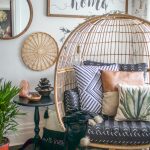

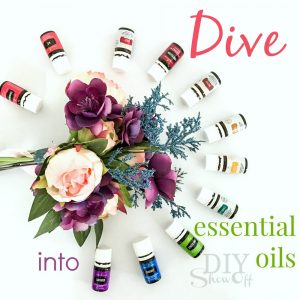
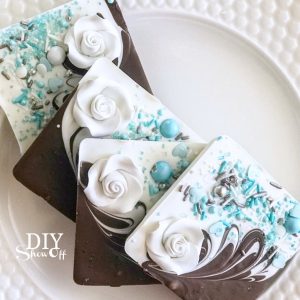
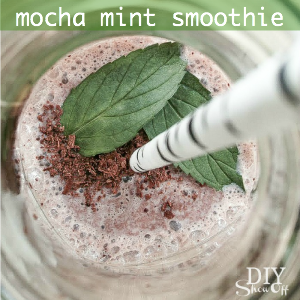

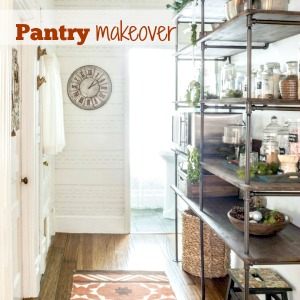
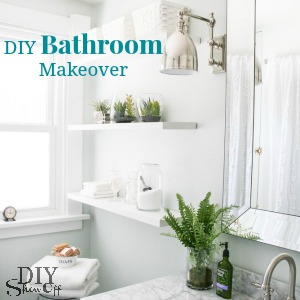

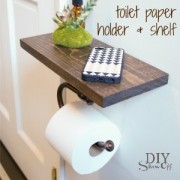
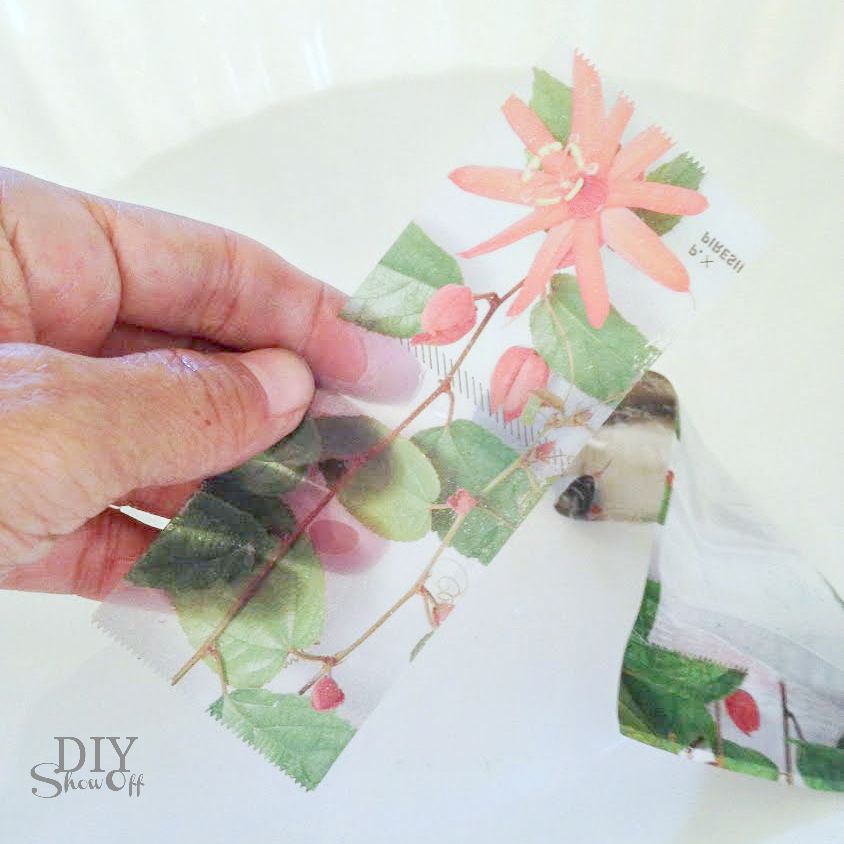
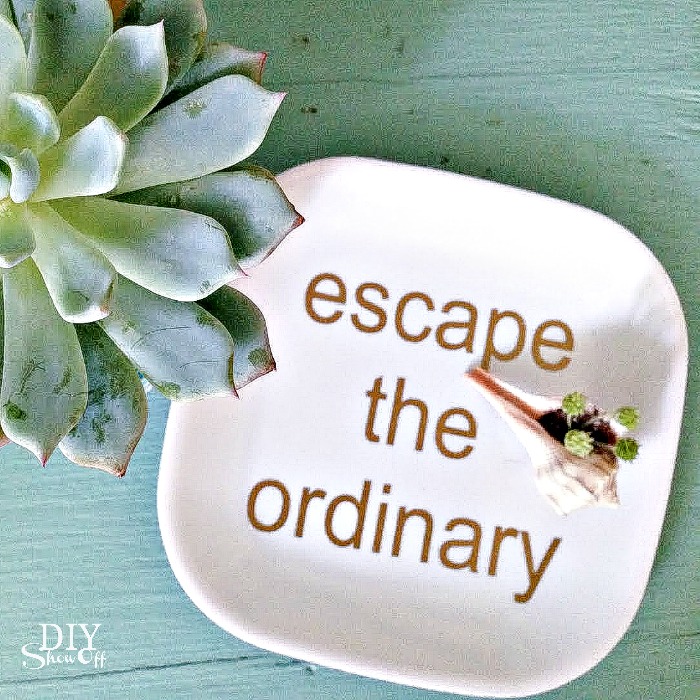
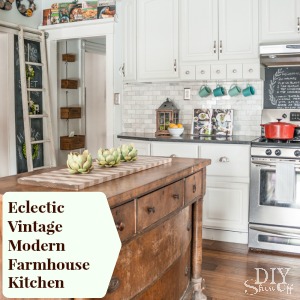
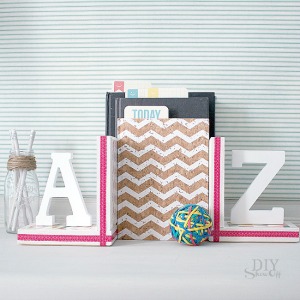
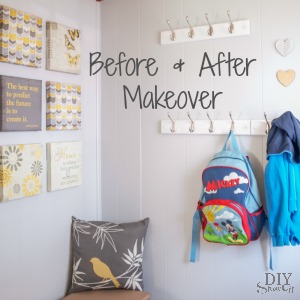
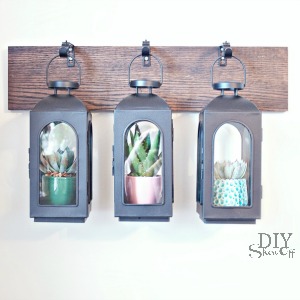
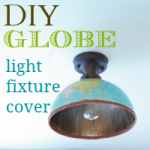















Absolutely adorable! I love the shape and the color really makes it pop!
LOVE the dresser color! And handles look fantastic!
Kim @ http://frostmeblog.blogspot.com
party inspiration
i love it! that color is pretty awesome 😀
What a wonderfully crafty idea for an earring holder. Might have to try my hand at that :0)
Both projects are gorgeous!
And I totally love ugly dresser now, too. 🙂
~Chelsea
Love the earring holder.
I'll have to say I cringed thinking what you might do to the dresser – sand off the neat carvings, put different knobs, etc. But I have to say it looks gorgeous! That color is PERFECT for that dresser!!
Wanna sell it?
the links don't seem to be working for her blog
It works for me, but I added a few more links in the post. Hope this helps! If not, here is the link:
http://www.billiemonster.com/blog
Eep! Thanks so much for featuring my articles Roeshel! Thanks to everyone else for the comments as well. I really appreciate them! 😀
Love the dresser but especially love the frame for jewelry!!! Awesome
~Ashli
Just as we all enjoy sinking our teeth into a new DIY project, discovering a new product, or technique, or finding that perfect piece of unfinished treasure just waiting for our magic touch, so too is it a boon to find a new creative blogger loaded with inspiration. Thank you. I'm a follower of yours, and look forward to seeing what else Billie Monster has in store. I love what she did with that dresser. Great design & spectacular color!
I love the green dresser! I love the design and color – the green is so great!
I love your earring holder!! I recently made an earring holder with lace. It's very holey so you can hang as many earrings as you would like! I haven't posted about it yet but i will eventually. I recently started my own blog as well. Check it out at http://youngancrafty.blogspot.com/
Hannah